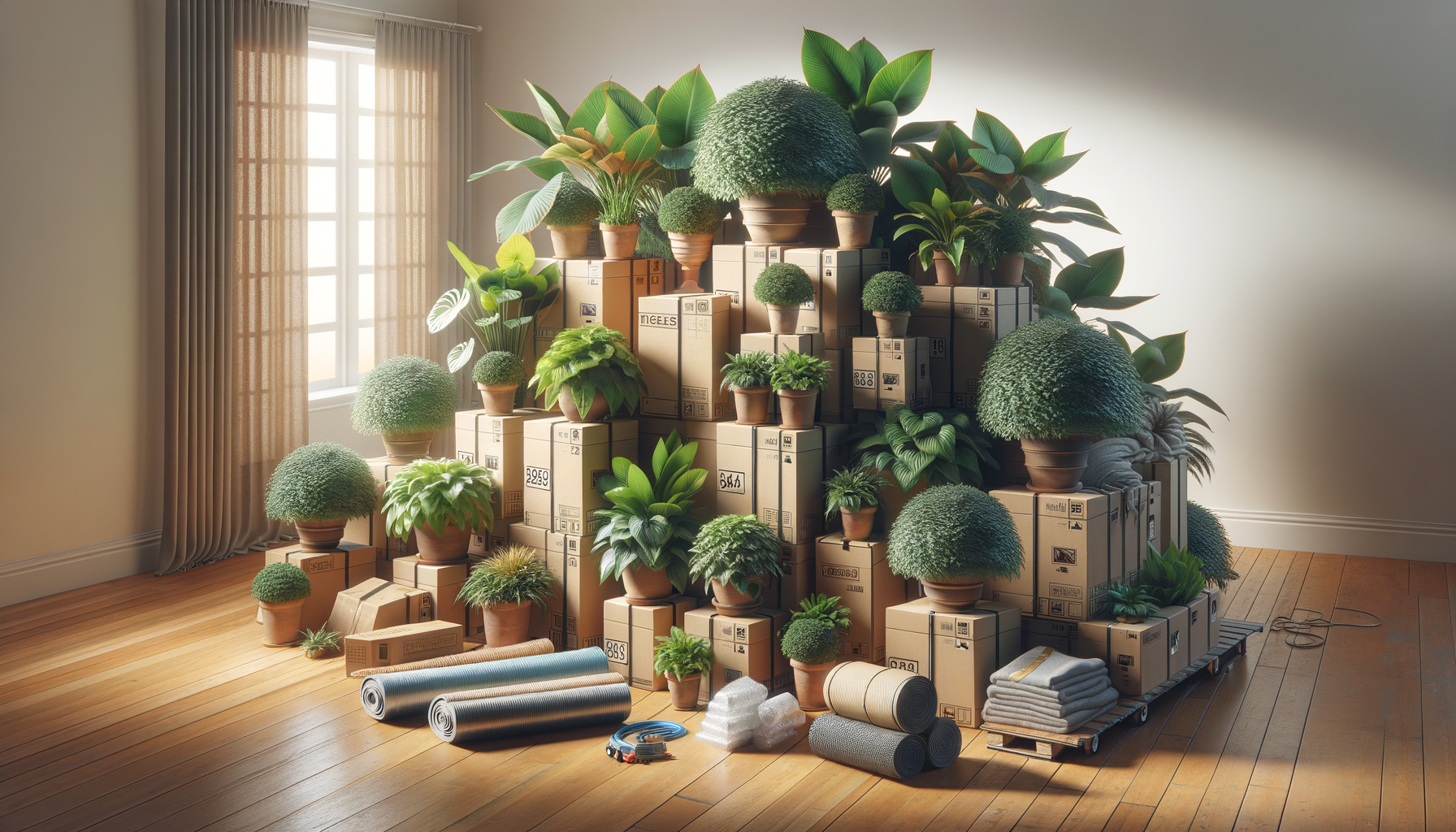Relocate Without Losing Your Plants: Expert Tips for Moving Your Indoor Garden

Preparing Your Plants for a Move
Moving to a new home is exciting, but ensuring your plants make the transition smoothly requires careful planning. Here are some essential steps to get your greenery ready for the journey.
1. Evaluate Your Plant Collection
Start by assessing which plants will make the move. Consider the following:
- Health: Only move plants that are healthy and free from pests.
- Size: Large plants may require special arrangements.
- Hardiness: Some plants are more resilient to changes in environment than others.
2. Prune and Clean
Trim any dead or overgrown branches to reduce the risk of damage during transport. Clean the leaves to remove dust and pests, which can prevent the spread of diseases to your new home.
Transporting Your Plants Safely
Proper transportation is crucial to maintain the health of your plants during the move.
1. Choose the Right Containers
Use sturdy pots that can withstand movement. For delicate plants, consider wrapping the pot with plastic to retain moisture and protect the roots.
2. Secure Your Plants in the Vehicle
- Placement: Position plants where they won’t topple over, such as the floor of the car.
- Stabilize: Use blankets or soft materials to cushion and secure pots, preventing them from sliding during transit.
- Temperature Control: Keep the vehicle at a stable temperature to avoid stressing the plants.
“Plants are sensitive to their environment; maintaining consistent conditions during a move is essential for their survival.” – Horticulture Expert
Settling into Your New Home
Once you’ve arrived at your new residence, it’s time to help your plants adjust to their new environment.
1. Unpack Carefully
Handle each plant gently, inspecting for any damage that may have occurred during transit. Re-pot if necessary, using fresh soil to encourage healthy growth.
2. Gradual Acclimation
Expose plants to their new light conditions gradually to prevent shock. For example:
- Light: Start with indirect sunlight and slowly introduce them to brighter areas.
- Humidity: Maintain adequate humidity levels, especially for tropical plants.
“Patience is key when moving plants; allow them time to adapt to their new surroundings for optimal growth.” – Plant Care Specialist
Maintaining Plant Health Post-Move
After the move, focus on establishing a routine to keep your plants thriving in their new home.
1. Establish a Watering Schedule
Consistency is crucial. Monitor soil moisture and adjust watering based on the plant’s needs and the new environment.
2. Monitor for Pests and Diseases
Inspect your plants regularly for signs of pests or diseases, especially after the stress of moving. Early detection can prevent larger issues.
3. Adjust Lighting and Temperature
Ensure your plants are receiving the appropriate amount of light and are kept in an environment with stable temperatures to promote healthy growth.
Final Thoughts
Moving with plants may seem daunting, but with the right preparation and care, your green companions can thrive in their new home. Remember to:
- Assess and prepare your plants before the move.
- Transport them safely and securely.
- Help them acclimate to their new environment gradually.
- Maintain consistent care post-move.
By following these steps, you’ll ensure that your plants continue to grow and enhance your new living space.